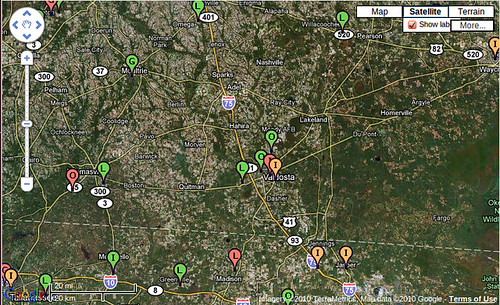After reading Barbara Stratton’s piece about Steve Prigohzy screening a movie about magnet schools, I wondered, who is this Steve Prigohzy, anyway? CUEE never showed us his resume, as near as I can tell, and they’re a private organization, so they don’t have to. But his tracks are all over the Internet.
Cynthia M. Gettys and Anne Wheelock wrote for The New Alternative Schools in September 1994, (Volume 52, Number 1, Pages 12-15) Launching Paideia in Chattanooga,
They must have liked him, because he was hired as its principal, according Jessica Penot and Amy Petulla in Haunted Chattanooga, Continue readingWith the board’s approval and support from the Lyndhurst Foundation, a committee outlined the necessary steps to develop a Paideia school for Chattanooga students. First, the group hired Steve Prigohzy as the school’s planner, promoter, and educational leader. Prigohzy looked for teachers who were lifelong learners themselves. “I would ask teachers to talk to me about a book they were reading that I shouldn’t miss. I wanted people who were acting out their curiosity about the world,” he said. Prigohzy also sought teachers whose appreciation for discourse would sustain the school as a community of learners. Limited public confidence, especially in the city’s middle schools, influenced the planning.









